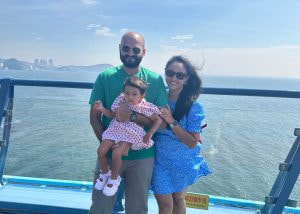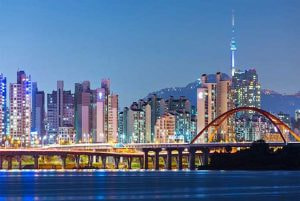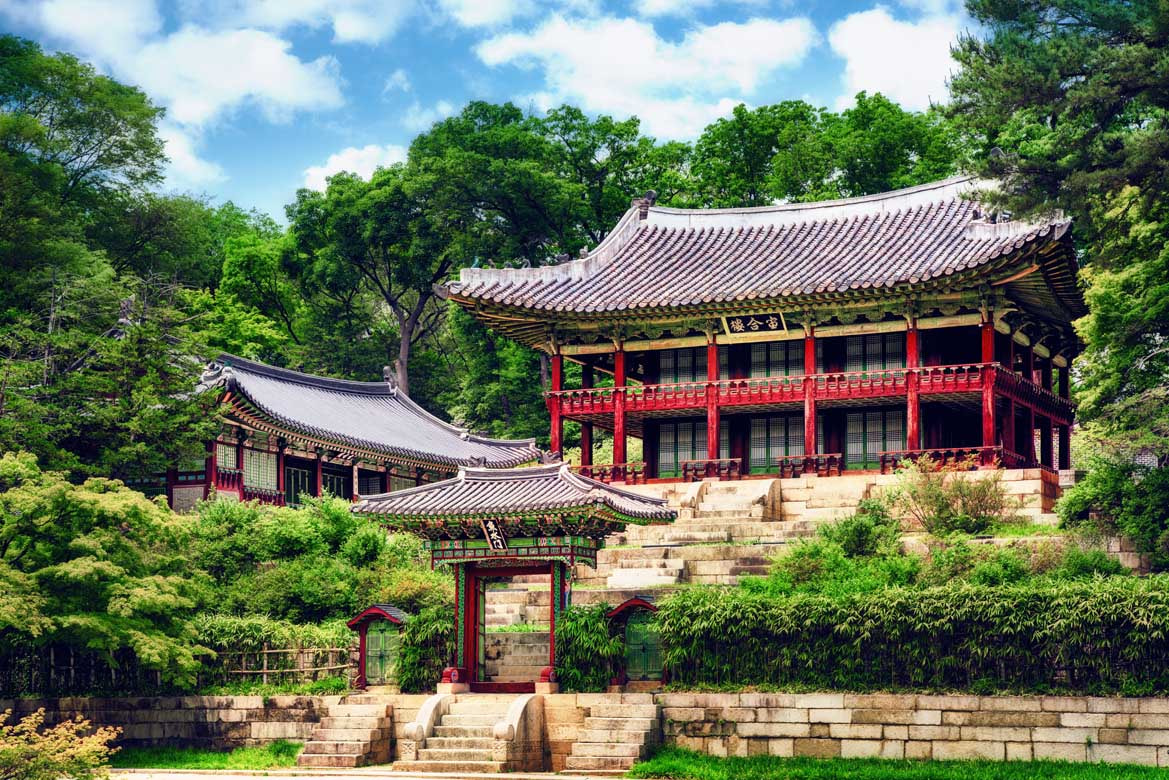Tour Code: FIT/1097
5 Nights / 6 Days
Private Van Tour
Monsoon Special
Important Note: Please note that the itinerary below is subject to change based on airline or cruise schedules. Kindly confirm your specific travel plan before making any bookings.
Trending travel articles

Why South Korea Should Be Your Next Family Trip?
Summary: Planning a family trip to South Korea? This blog shares a real travel story, packed with tips for exploring lively Seoul, peaceful Jeju, and charming Busan. Discover how to find tasty vegetarian food and make your journey super fun for kids. Your amazing South Korean adventure begins here! As someone whose life revolves around […]
Aug 04, 2025 • Mukti Solia

Top Four Stunningly Beautiful Places in South Korea
The unexplored slice of East Asia that is hub to wide variety ofKnown for the rapid urbanization, advanced technologies and beautiful places to explore, South Korea has it all that will leave you amazed. Formed into different layers like urban, suburban and rural areas, Korea offers a wide range of options to enjoy and relax […]
Mar 05, 2018 • Flamingo Transworld













